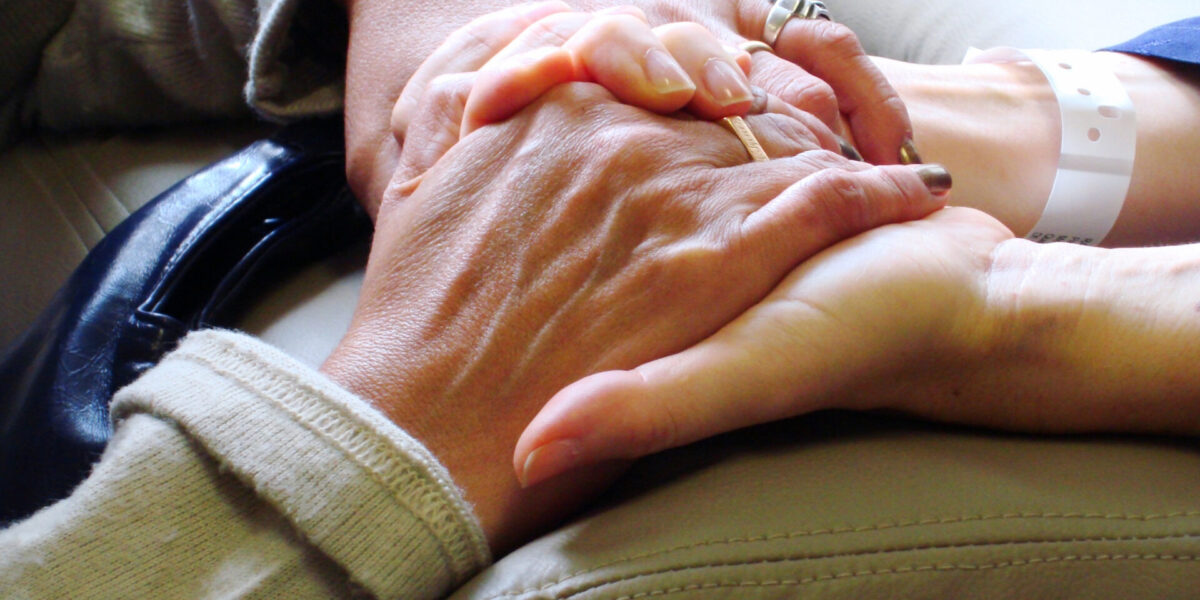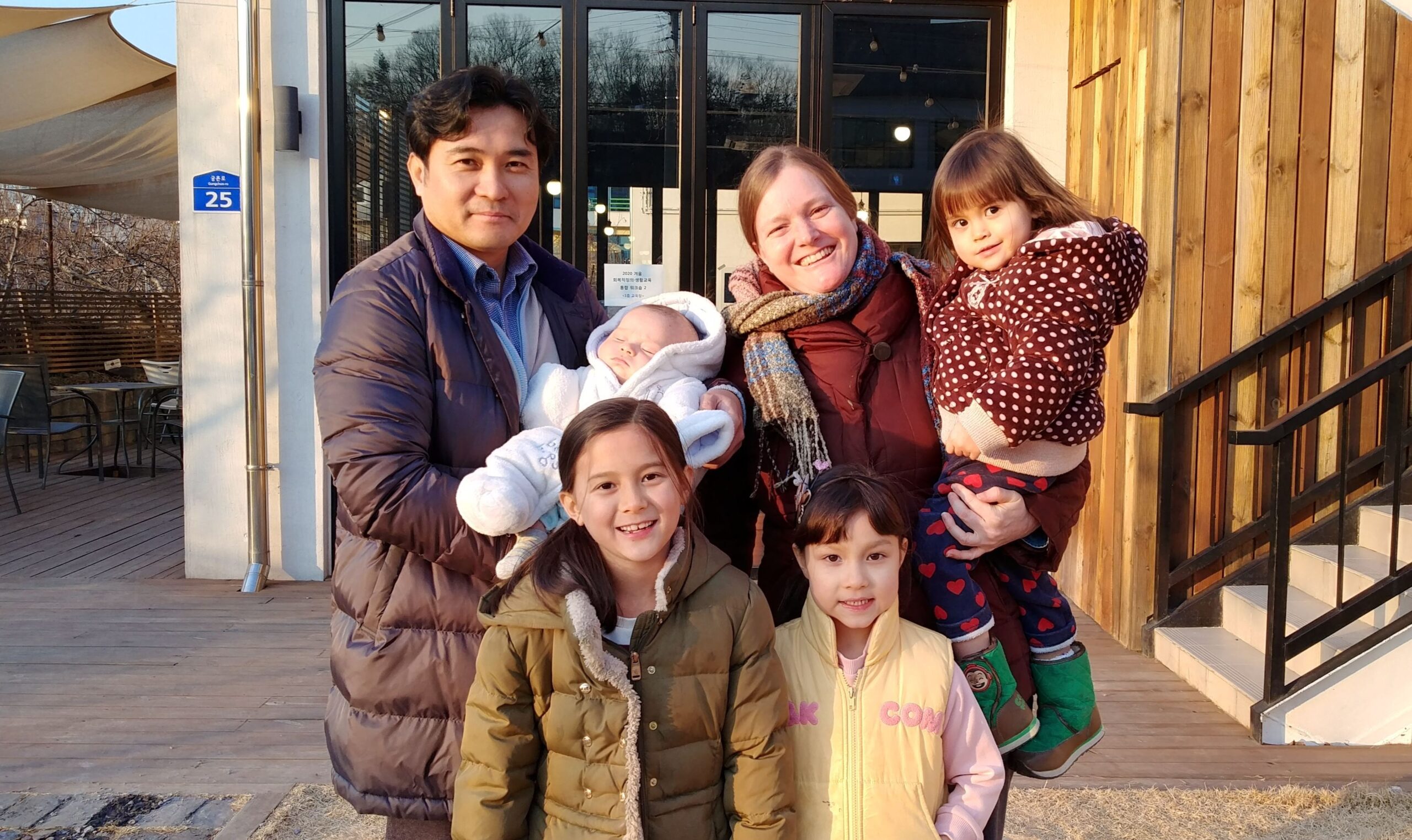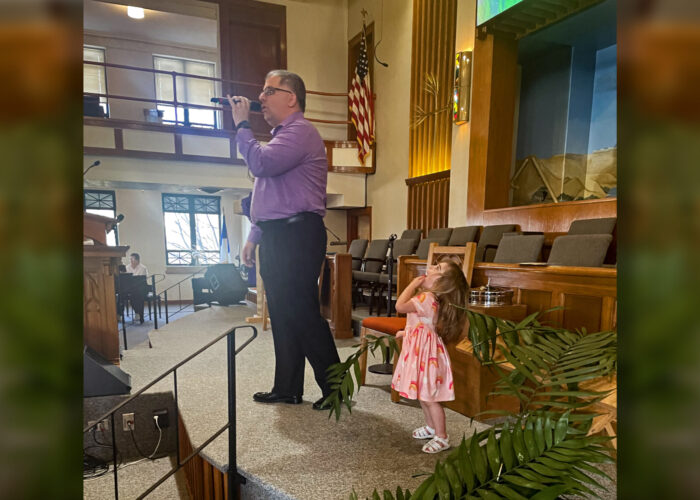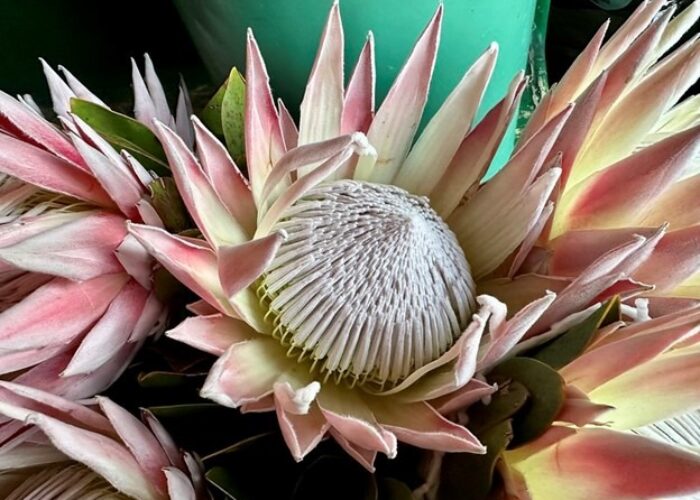Content warning: This blog post discusses victims of sexual assault."History must record what we were forced to do!" — Hak-Soon Kim
This is the first sentence you encounter when you enter the history museum at the House of Sharing. The House of Sharing, located just outside of Seoul, is a community residence of several "comfort women" survivors. Hak-Soon Kim was the first Korean survivor of the "comfort women" system to come out publicly in 1991.
During the Japanese colonization period (1910-1945), the Japanese army forcefully drafted her at age 17, and sent her to the frontlines of the battlefield in China, as a "comfort woman." She didn’t disclose her story until her late years, when the Japanese government announced, in 1990, that it was not involved in the "comfort women" system. Her press conference revealed this issue to Korean society and the world. Later, she accused the Japanese government of war crimes and even traveled to Tokyo to deliver her testimony at the Tokyo local court, in 1994. Despite her courageous efforts, she died in 1997, without receiving an official response or apology from the Japanese government.
The "comfort women" were girls and women forced to be ‘sex slaves’ of Imperial Japanese soldiers before and during WWII. The exact numbers of women victimized by this inhumane system are debatable, but they range from 50,000 to 200,000. These women were from Japanese-occupied territories, largely from Korea, China and the Philippines, as well as European women who lived in former colonies in South Asia. "Comfort women" stations were established in Japanese-occupied territories to reduce the rape of civilians by Japanese soldiers, which fueled the growing anti-Japanese sentiment in those areas
The first "comfort women" station was built in Shanghai in the early 1930s, and the number of stations rapidly increased as the war continued and became severe. Especially after the Nanjing Massacre, in 1937, the Japanese military and police were more aggressively involved in the systematic draft of "comfort women," and the number of stations increased to approximately 400 by 1943.
The "comfort women" system finally ended when Japan surrendered, after the U.S. dropped A-bombs on Hiroshima and Nagasaki, Japan, in 1945. Unfortunately, however, many women never returned home. Of these women, some were killed by the military, some died by suicide, and others did not return to their families because of their shame.
The House of Sharing is one of the places we visit when we host international visitors. We visit there because of the interest in peace and justice of our guests who come mainly from Mennonite networks in North America and Asia. Unsurprisingly, the experience of meeting actual "comfort women" survivors, whom we call Halmoni (grandmother), is often difficult and painful. Among many visits, two unforgettable memories stand out in my mind.

Ms. Ok-Sun Lee, the Comfort Women survivor, with students from Japan at the House of Sharing. Photo by NARPI.
|
One time we visited the House of Sharing with Japanese visitors, including a few high school girls. After watching a short film, the guests met with the Halmoni. One Halmoni, Ok-Sun Lee, asked the girls their ages. They said they were 16. Then the Halmoni exclaimed, "I was 16 when I was drafted by Japanese police. They told me that I could earn money to support my family if I followed them to work at a factory." She joined them without knowing her destiny. She was sent to one of the "comfort women" stations in China and suffered as a sex slave until the end of the war. For more than two years, she had to receive tens of Japanese soldiers every day. She was abandoned when the war was over, and she lived by herself in China for 55 years, until the Korean government found her and helped her return to South Korea in 2000.
During the visit to House of Sharing, everyone in the room felt the pain of her story and could find no words to say. The Halmoni held the hands of the weeping 16-year-old, and boldly spoke, "Don’t cry! It is not you. It is the past sins of your government and leaders. But they are insisting that we were voluntary prostitutes and that there is no evidence of their crime. I am a living witness — my life is the evidence. The reason we are crying out for apologies is also to liberate the people of Japan from their past sins." It seemed the girls left with an unforgettable historical lesson.
Another time, we visited the Halmoni along with guests from the World Friendship Center (WFC) in Hiroshima, including two Hibakusha (A-bomb survivors). Two victims of structural violence from Japan and Korea met together for the first time. We expected meaningful conversation to unfold, but for a long time they just held each other’s hands while tears ran down their cheeks. They spoke no words, yet it seemed that they had complete understanding of each other’s lives. It was obvious they understood what kinds of pain, shame and discrimination they suffered.
 Mr. Hiromu Morishita, A-bomb survivor, at World Friendship Center (WFC) in Hiroshima, Japan. Photo by NARPI.
Mr. Hiromu Morishita, A-bomb survivor, at World Friendship Center (WFC) in Hiroshima, Japan. Photo by NARPI.
Later, one of the hibakusha, Hiromu Morishita, shared: "It was my first time to meet the ‘comfort women’ survivors, but I felt closer to them than I do to anyone else. I have traveled to many countries to witness the horror of the A-bomb, as a victim, but today I was there as one of the Japanese. That was why I couldn’t say anything but felt deeply sorry for what happened to them. This is exactly what I have heard many times from Americans who have heard my story. From now on, I will share my story and their stories together." This meeting of two victims showed what divine reconciliation in heaven might look like.
Direct victims of WWII, like Hiromu Morishita and Ok-Sun Lee, are dying. But they have taught us a powerful lesson on having courage for waging justice. As time passes, history is increasingly highlighting the voices of victims, instead of war heroes, to help prevent massive destruction of fellow humans.

A group photo of NARPI 2019 participants at the Nanjing Massacre Memorial Museum. Photo by NARPI.
For the past ten years, the Northeast Asia Regional Peacebuilding Institute (NARPI) has invited survivors of the "comfort women," the A-bomb, and the Nanjing Massacre, to tell their stories. NARPI, a peacebuilding program in our region, was inspired by the Summer Peacebuilding Institute at Eastern Mennonite University in Virginia. These survivors’ common story thread is "Never again!" They want to be the last victims of war.
Earlier this year, I was frustrated when a Harvard professor and his article on the "comfort women" came to the attention of the Korean media. Suddenly, he received mass attention and even hatred of many. I felt great sorrow for the Halmoni, who would be exposed to this insensitive news. They are labeled by Japanese right-wing groups as "voluntary prostitutes," and they have fought against this accusation for years. For them, the use of the words "by force" or "voluntarily" hold enormously different meanings regarding the restoration of their integrity and dignity. Intentional denial by the Japanese right-wing groups is not surprising news in Korea, since their actions are politically-oriented. However, when a professor from one of the top universities in the United States adds his stamp of approval, it carries more weight.
At first, I thought the professor was ignorant of the history of Northeast Asia. I, then, became acutely embarrassed when I discovered that the professor, Mark Ramseyer, was a Mennonite, who grew up as a missionary child in Japan. His parents made great contributions to the development of WFC in Hiroshima. The more I heard about his background, the deeper I became confused and disturbed. I, an ex-marine, learned from the Mennonites the importance of nonviolence and Christian pacifism as ways of joining God’s ministry of reconciliation. I committed my life’s work to peacebuilding, after witnessing Mennonite beliefs and practices for peace and justice. I hosted visits to the House of Sharing with WFC guests to carry on the mission of reconciliation between our brothers and sisters of Japan and Korea.
Now what can I do with such overwhelming cognitive dissonance?
I recognize that my frustration and embarrassment originate within me, not Ramseyer. I wish I could deny my personal connections to Mennonites and this professor who has humiliated the Halmoni, becoming a common enemy of most Koreans. I have no idea of his intentions, but I feel deeply sorry that he is receiving unwelcome messages from all over the world. I want to offer a small gesture to Ramseyer, if I can reach him. I want to invite him to visit the House of Sharing with me, to listen to the stories of the Halmoni. My prayer is that such a visit could help Ramseyer to repair the harm that he caused without negative intention.
"…I used to hold that maxim I won’t believe it, until I see it. Yet… the way it really works is: I won’t see it, till I believe it. That’s the way life works." — Dewitt Jones, National Geographic





